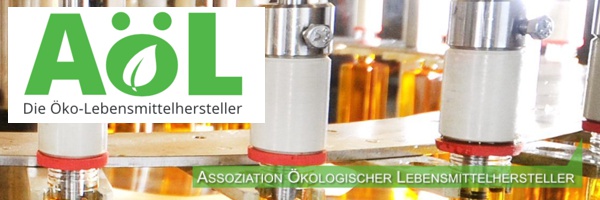Attempt at comparing bio-based and fossil-based plastics as packaging materials using PE as an example.
| Sustainability criteria, a selection for comparison | Bio-PE | Fossil PE |
|---|---|---|
| 1. Ecology | ||
| 1.1 Land use (origin – traceability of the raw materials) | Cultivation areas/cultivation regions known, see bioplastics tool | Standard data; raw material origin, method of extraction and technology unknown |
| 1.5 Disposal | Comparable | Comparable |
| 1.6 Life cycle assessment | Benefits of climate change and fossil resource use | Advantages with regard to eutrophication and acidification |
| 2. Social compatibility | ||
| 2.1 Social standards in cultivation, raw material extraction | Proof via certification, see bioplastics tool | Standard data worldwide, no assessment possible |
| 3. Safety and technology of the packaging material | Comparable | Comparable |
| 4. Quality of the packaging material | Comparable | Comparable |
| see Gülzower Fachgespräche, FNR, Vol. 58, pages 116 - 117 |
Critical examination of the existing life cycle assessments between bio-based vs fossil-based plastics
1. Deficits in the assessment of fossil-based raw materials
In the case of oil and gas production, the following issues are likely to be neglected or insufficiently addressed as they are more recent developments:
a. The introduction of chemicals into land and water and their assessment, e.g. by fracking or oil sands extraction methods;
b. Land areas which are no longer available for forestry or agricultural use in the long term due to contamination with oil or chemical substances,
Introduction of oil from offshore installations into the sea during normal operation, and in particular in the event of accidents, pipeline leaks – some of which contaminate large areas of land – or oil wars.
Here is an exemplary overview of these types of pollution damage.
2. Origin and extraction technology of fossil fuels compared with bio-based raw materials
The environmental impacts were not based on the source of the crude oil and, if applicable, the production technology, such as Nigeria, Canada or Russia for the respective plastic product, but on average values from the International Energy Agency (IEA). As the easily accessible oil sources dry up, the more the energy expenditure and the environmental damage associated with the development technology will increase.
Where bio-based plastics are concerned, insufficient consideration is given to the fact that many of the parameters of the life cycle assessment can be improved through a more environmentally friendly cultivation intensity during the extraction of raw materials, or through the use of residual materials. Furthermore, direct reference can be made here to the respective agricultural or forestry area.
3. Age of the available data and their comparability
The documents available to us for fossil-based plastics are based on the years 2015 and earlier. Some of them are not publicly available. A glance at the data from PlasticsEurope shows that the data on the environmental impact of crude oil production in particular are from 2005 and were calculated using process data from 2001.
These values refer to data provided by the International Energy Agency (IEA). They are average values for world oil production. Thus, more recent production methods, such as extraction from oil sands or fracking technology, are not included.
In contrast, the life cycle assessments of bio-PE or bio-PET, for example, date from 2015.




